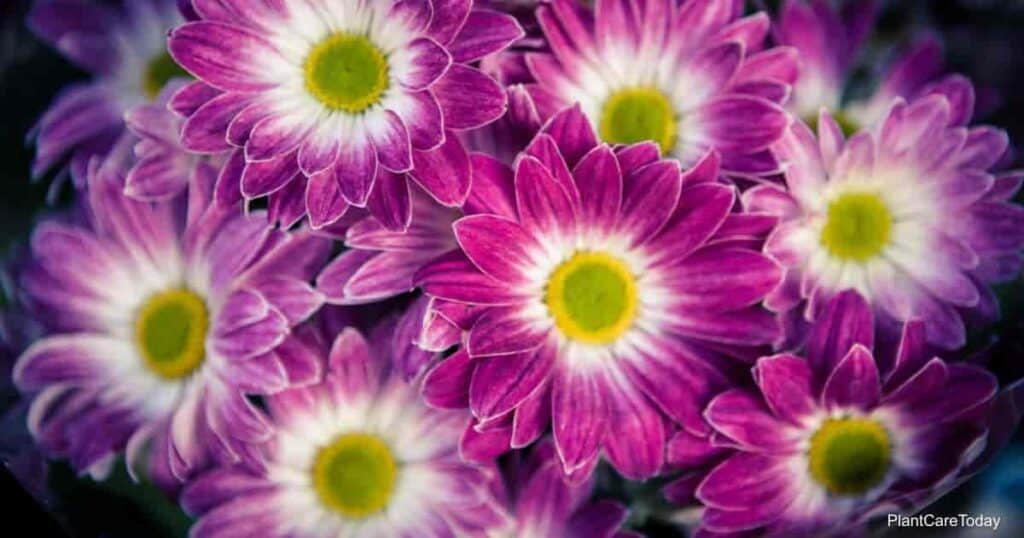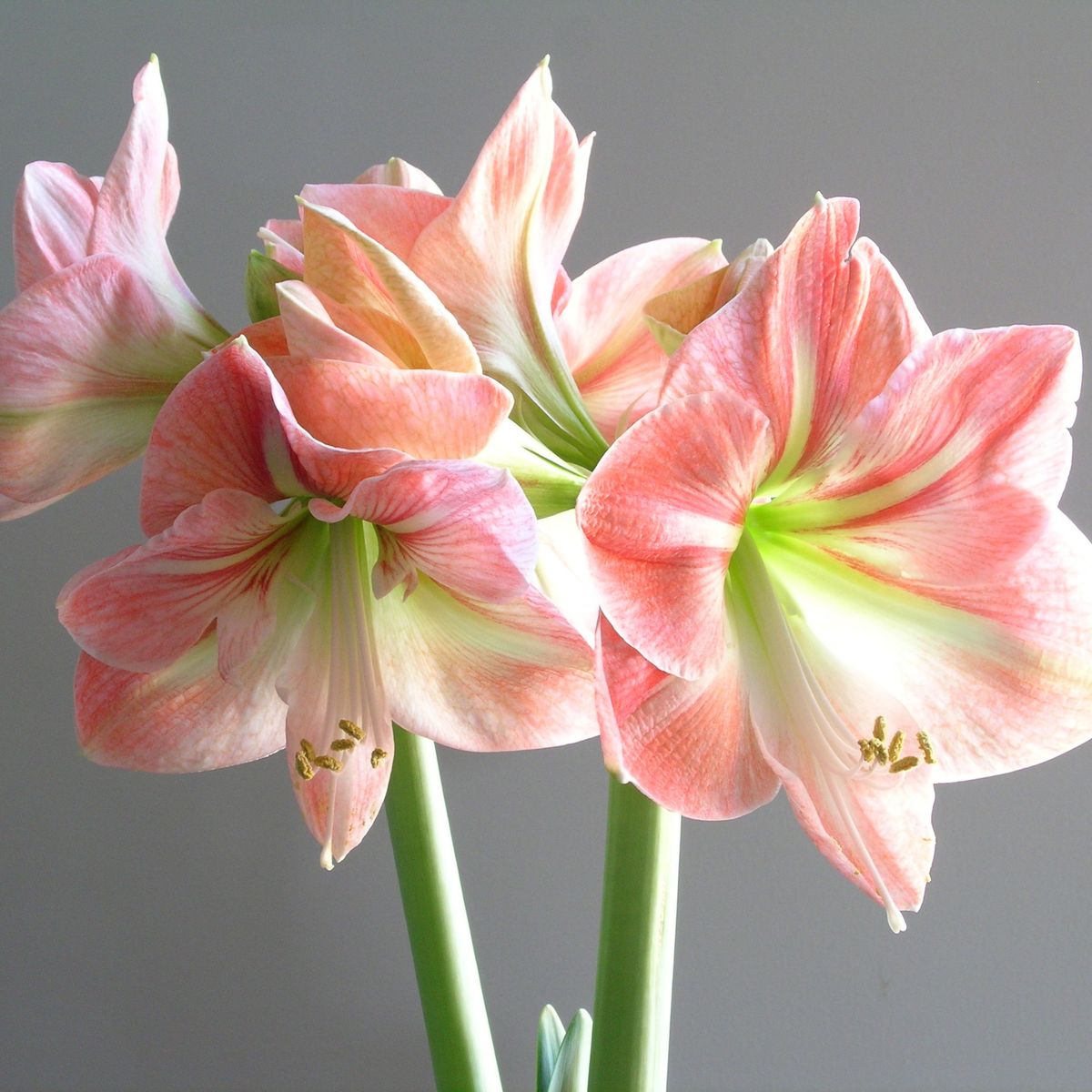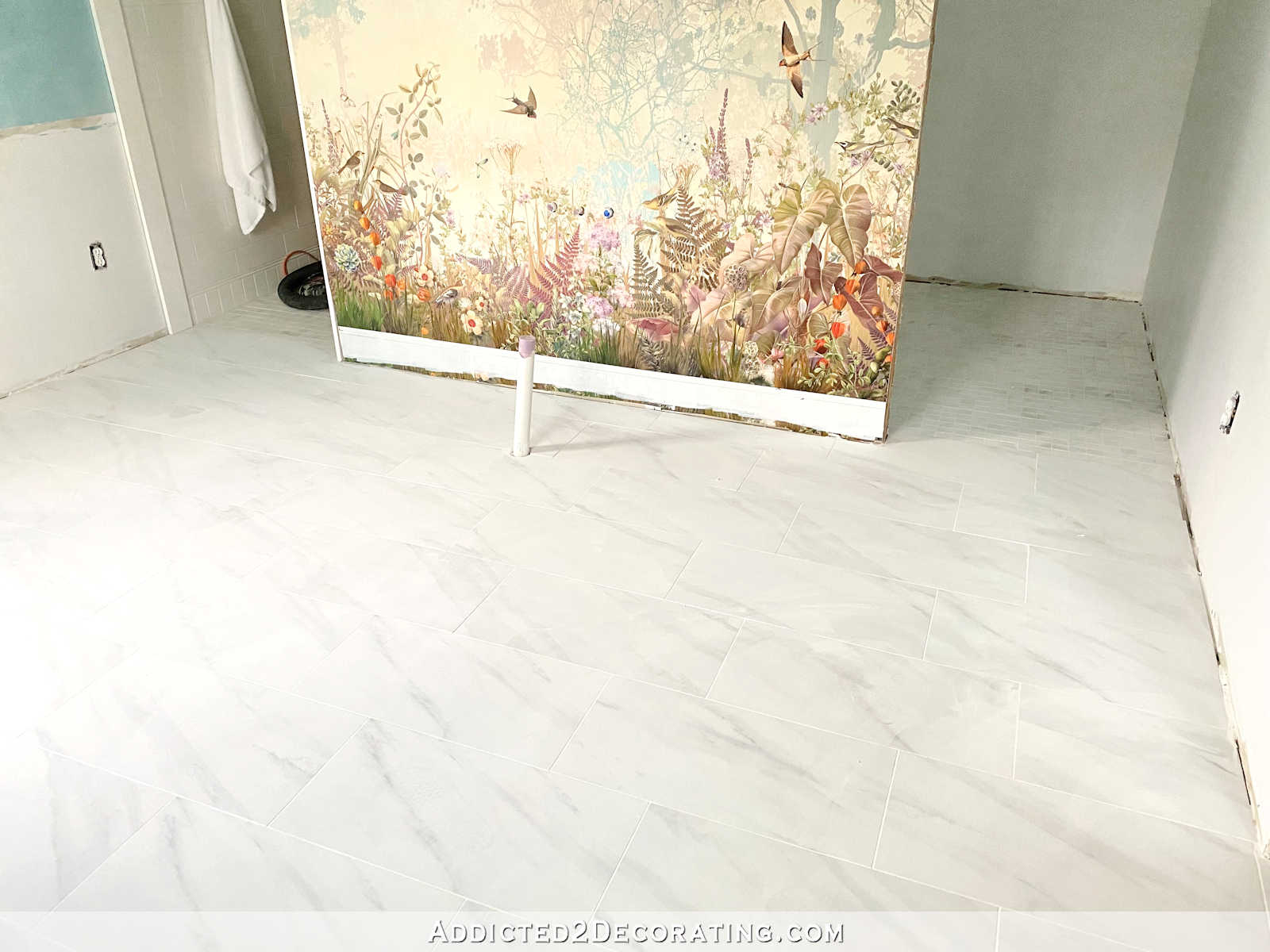The Aster (ASS-ter) is a plant genus belonging to the plant family Asteraceae (ass-ter-AY-see-ee). This family is commonly referred to as the Daisy family. Aster’s name is derived from Greek and Latin origins and means “star”.
It was thought that there were more than six hundred members of this species; however, research in the late 20th Century found that many of these species belonged to different genera. Now there are thought to be 180 species in this genus.
Where Does The Aster Plant Originate?
True Asters originated in Asia and Europe. Those native to the Americas are among those that have been reclassified. These plants are still referred to by the common names Aster and Daisy. Asters are also commonly called Michaelmas Daisy in Europe because they bloom very late in the season.
Where And How Are Aster Plants Used?
Late in the summer and early autumn, Asters and those with the common name Aster bloom widely. For this reason, these plants make an excellent, colorful late-season addition to any flowerbed or landscape.
The plants produce masses of flowers in shades of:
The blooms are beautiful to butterflies, bees, and other winged pollinators. They make an excellent, late-season food source for these beneficial insects, so they are a perfect choice to round out your butterfly and pollinator garden.
Other good uses for Asters in the garden include:
- Wildflower Gardens
- Prairie Planting
- Rock Gardens
- Naturalizing
- Borders
Your use of these plants depends significantly upon the type you choose. Asters can range in height from eight inches to eight feet.
Some varieties spread as ground covers. Others stand tall on sturdy stems. Some bloom briefly, while others may bloom throughout the late summer and autumn.
Tall, sturdy, long-blooming varieties make good additions to your cut flower garden.
Varieties Of Asters With Descriptions
The 180 species of Asters that remain classified within the plant family, Asteraceae, are divided into New York Asters (Aster novi-belgii – no’ vee bel’ gee) and New England Asters (Aster novae-angliae -no’ va an’ glee’).
New York Asters
This group is frequently referred to as Michaelmas Daisies. There are thousands of cultivars within this genus in colors ranging from pale white to deep purple.
New York Asters are far showier than New England Asters. They come in various types and sizes, ranging from a foot high to six feet high.
Here Are Five Popular Varieties Of New York Asters:
1. Professor Anton Kippengberg blooms late in the summertime. The star-shaped, semi-double blooms are pale lilac with bright yellow central disks. This compact plant only grows to a height of one or two feet and is a good choice as a container plant or along a border.
2. Ada Ballard is a remarkably showy plant with large bluish-purple flowers boasting many petal layers. The blooms may be three inches around. They have yellow centers hidden among the fluffy petals. These Asters can grow to be about three feet high with a two-foot spread.
3. Fellowship Asters produce masses of pale pink double blooms late in the autumn. The flowers are a little over two inches across. Their centers add particular interest as they transition from yellow to lime-green as the plant matures.
4. Chatterbox produces masses of semi-double blooms in an attractive shade of pale lilac-pink, offset by conspicuous, bright yellow central disks. This bushy cultivar is a dwarf and only attains a height of one or two feet. It is especially suited for use as a border plant.
5. Royal Ruby adds a splash of bright color to your late fall garden. In gorgeous shades of deep red and bright pink, this low-growing, daisy-like plant with its bright yellow centers and attractive deep green foliage makes an excellent border plant.
New England Asters
New England Asters are spectacular late bloomers and are natives of North America. They can often be seen growing freely in meadows and along roadsides. They make good-cut flowers.
Five of The Most Stunning Examples Are:
1. Kickin’ cultivar is available in three different colors:
- Lilac Blue produces massive bright blue blooms with yellow central disks.
- Pink Chiffon has mounds of very pale pink, semi-double, daisy-like blossoms.
- Carmine Red also has double flowers in bright red with eye-catching yellow disks in the center.
Kickin’ cultivars grow to be two or three feet high. They all produce blooms in such abundance that they often completely cover the foliage.
2. Barr’s Pink is a beautiful, showy plant that produces a row-upon-row of fluffy pink blooms (2.25″ inches wide) with bronze centers. Barr’s Pink is a very daisy-like variety. Barr’s pink grows to a height of approximately 5′.
3. Rosa Sieger has very pale pink flowers accented by yellow centers. Rosa Sieger is a very bushy plant that can attain a height of 3′ or 4′ feet and a spread of 2′ feet.
4. Purple Cloud produces gorgeous purple flowers with yellow central disks. The plant grows best and makes the most blooms in full sun. It can attain a height of approximately 3′.
5. September Ruby has deep burgundy petals and a bright, contrasting yellow center. The deep green leaves are also quite attractive. This plant can grow to be up to three feet high.
Other Aster Plants
There are many more New York and New England Asters, but there are also some fascinating varieties. Among them are:
1. King George (Aster amellus) is one of several varieties in what is known as the Italian Aster grouping. It is a hybrid plant that produces big purple blooms with flashy gold centers. Its foliage is also quite attractive in shades of deep green. This plant only grows about two feet high with an equal spread.
2. Rosa Erfullung is another member of the Italian Aster grouping. You may also hear this variety referred to as Pink Zenith. The plant produces sprays of huge, flashy pink blooms with bright yellow central disks. This compact plant attains a height and spread of two feet.
3. Grunder is another Aster amellus group that produces large, flashy blooms on a short, sturdy plant. This Italian Aster has beautiful, star-shaped lavender flowers with long, slim petals and striking yellow centers. These are relatively early bloomers, but their blossoms persist into the autumn. Grunder is a small plant, attaining a height of 8” to 20″ inches.
4. Nanus (Aster sedifolius) is a member of the Galatella genus within the Aster family. Aster variety produces scant petals in a definite star shape, and its pretty, perky flowers have long, lilac petals and a bright yellow disk in the center. And it has a small, compact plant with a height and spread of only about two feet.
5. Snow Flurry (Aster ericoides f. prostratum) is another compact Aster that produces small, snowy white blooms flurries. The flowers are no larger than half an inch across. They are distinctly star-shaped and have tiny yellow centers. This low-growing plant attains a height of only about 4” to 6” inches and a spread of a couple of feet. It is a fast grower and makes an excellent ground cover.
6. Sapphire (Aster dumosus) produces sprays of light purple blooms with bright yellow centers atop solid stems. The plant blooms profusely throughout the early-to-mid-autumn. Its fluffy flowers are beautiful to pollinators. Sapphire is a low-growing variety that makes a nice border for your butterfly garden.
7. Little Carlow (Cordifolius Hybrid) Aster is a hybrid cross between Aster cordifolius and unnamed varieties of New York Asters. The one-inch wide, lilac-blue blooms grow in clusters atop three-foot tall, sturdy stems. Like most Asters, they boast bright yellow centers. These plants attain a maximum height and spread of about three feet. They grow best in full sun.
8. Symphyotrichum Ochtendgloren is so named because its flowers look like a brilliant sunrise. Ochtendgloren is Dutch for “dawn”. The plant has large, golden disk centers from which slim, upright pink petals radiate. Like many Asters, this plant blooms in such profusion that the blossoms often obscure the foliage. It is a tall plant, rising to a height as great as five feet with a spread of three feet.
9. Heart Leaf Aster is one of the cordifolius (core-di-fol’ ee-us) varieties. These plants typically have small blooms (1″ across or smaller) and attractive leaves of two types: lance-shaped at the top of the plant and heart-shaped at the bottom.
10. White Wood Aster is a divaricatus (die-var-i-ca’ tuss) with dark, cascading branches and masses of tiny white flowers. The branches spread and tumble to a width of about three feet. This unusual Aster makes a nice understory in a wooded setting to tolerate shade. Even so, it will grow better and produce more flowers with more sun.
11. Heath Aster is ericoides (err-i-coy’ dees) Aster. This plant has tiny leaves and small starry flowers.
12. Smooth Aster laevis (laa’ viss) is another variety that has attractive stems and foliage. The leaves are a deep blue green, and the branches are pretty dark.
13. Calico Aster lateriflorus (lat-er-i-floor’ us) has tiny flowers, but they are fascinating. They start as white blooms and fade transition variously to shades of pink so that you have flowers of several different colors all on one plant. The foliage also adds fall interest as it transitions to deep red as the season progresses.
14. Upland Aster or ptarmicoides (tar-mi-coy’ dees) has long, green leaves and masses of tiny white flowers.
15. Swamp Aster (puniceus – pu-ni’ cee-us) has thick, furry stems and leaves. It likes a wet setting and cannot be grown successfully in arid climates.
16. Tatarian Daisy (tataricus – ta-tar’ i-cuss) is a very sturdy, daisy-like Aster that blooms very late in the autumn. The plant has large, attractive leaves that may be as long as six inches with a width of two inches. http://pss.uvm.edu/pss123/perAster.html
17. Monch Frikart’s Aster (Aster frikartii) is an early bloomer and produces superior numbers of lavender blooms with deep golden centers in mid-summer. The flashy star-shaped flowers persist through the end of autumn. Blooms grow in clusters atop sturdy, three-foot-high stems with attractive, deep green leaves.
The long-lasting blossoms make excellent cut flowers. Its stunning plant grows to be three feet high with an equal spread. This cross came from Switzerland in the early 20th Century, and it is a cross between amellus x thomsonii. As a hybrid, it is especially mildew resistant.
Aster Terminology
- Alpine Asters (alpinus – al-pie’ nuss) do best in the northern and western plains of North America.
- Italian Asters are the amellus (a-mell’ us) Asters discussed above. These plants have furry leaves and stems and are usually created by crossing frikartii with another type of Aster.
- Climbing Aster is also called carolinianus (cair-o-lin-ee-aa’ nuss). This terminology is applied to those Asters with long, flexible stems that droop and arch. The plants do not climb.
Which Aster Is Right For You?
There are many different types of Asters, and we have just scratched the surface with those we have presented here.
It’s important to understand that most Asters are hardy perennials. They fall under a wide variety of classifications, and they come in a wide range of heights, spreads, colors, and bloom times.
Most Asters bloom in the late summertime and autumn; however, quite a few New England Asters bloom mid-summer.
New England Asters typically have longer-lasting blooms, so they are better for a cut flower garden. Their colors are usually held more aloft than the New York variety, so they make a more conspicuous showing in your garden, and they are more attractive to pollinators.
New England Asters tend to come in bright red shades, while it can more often find it in the New York Asters in various shades of blue, purple, and violet. The New York cultivars usually have darker green foliage than other types of Asters.
It is also important to note that New England Asters are wildflowers. They are great for naturalizing, but they may be more subject to rust in a garden bed environment.
Both New York and New England Asters are very easy to grow, so a combination of the two could give you a lot of variety in your garden with effortless care.












